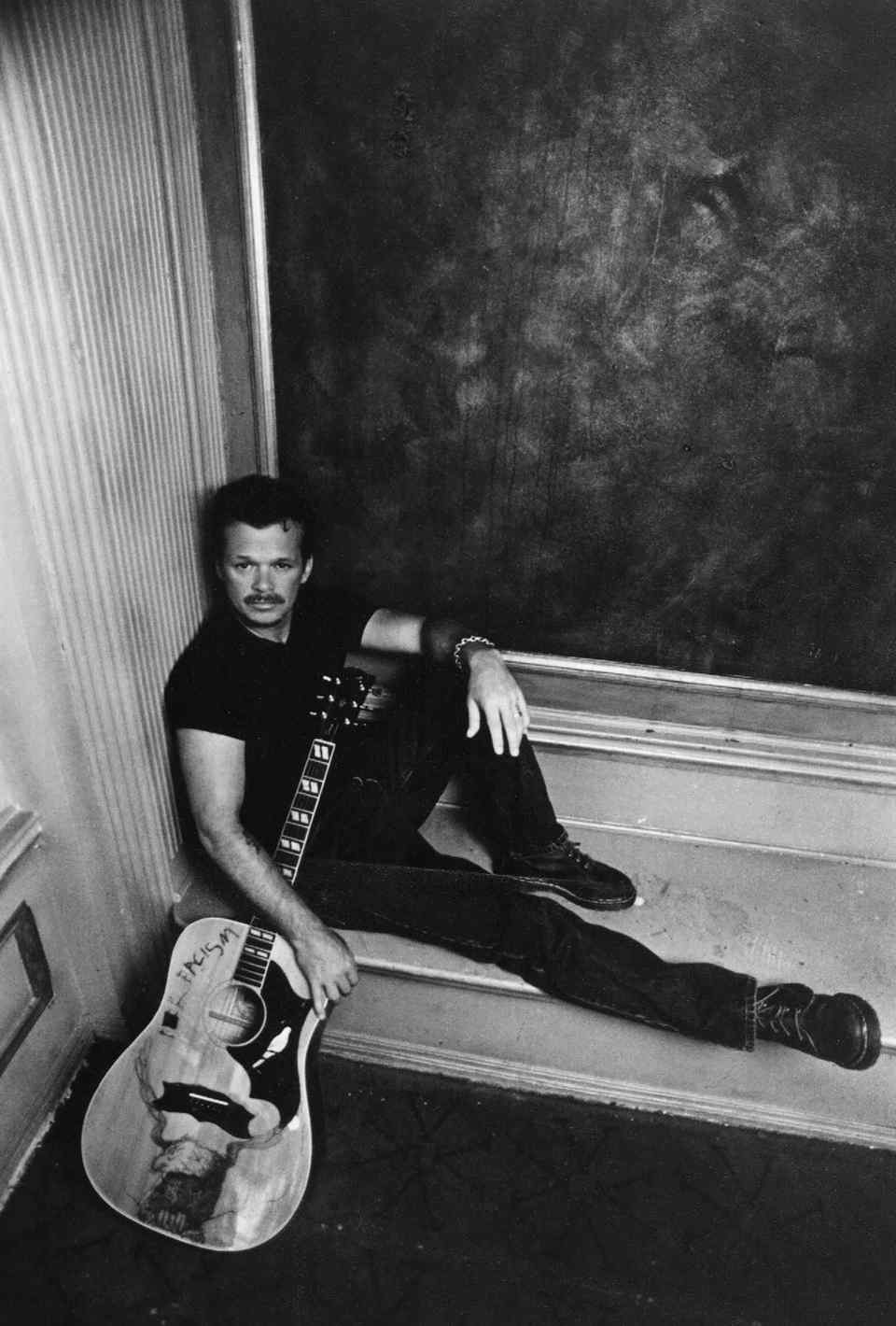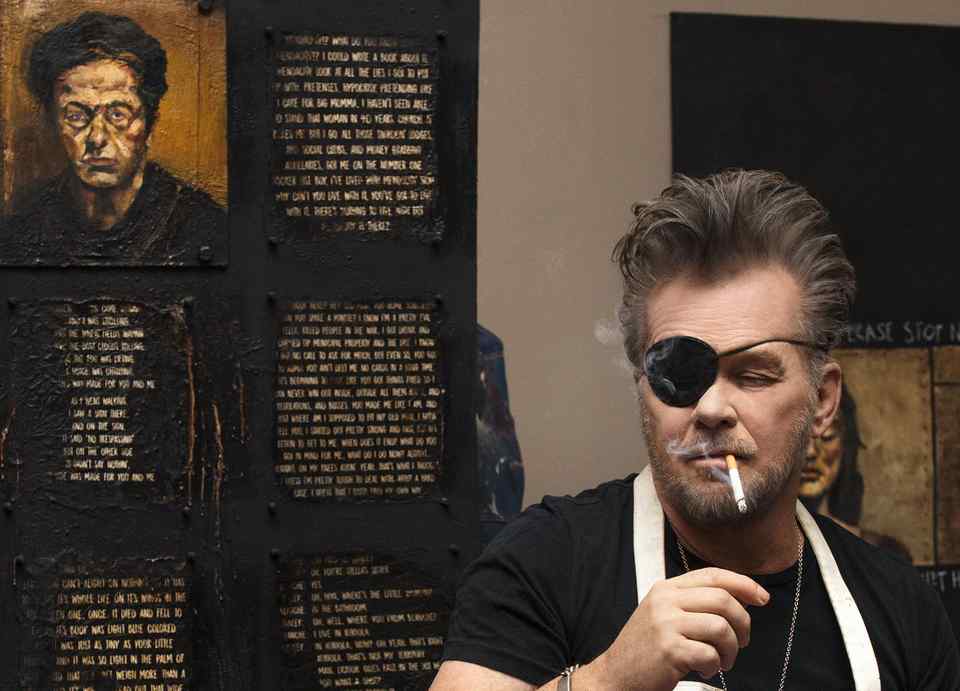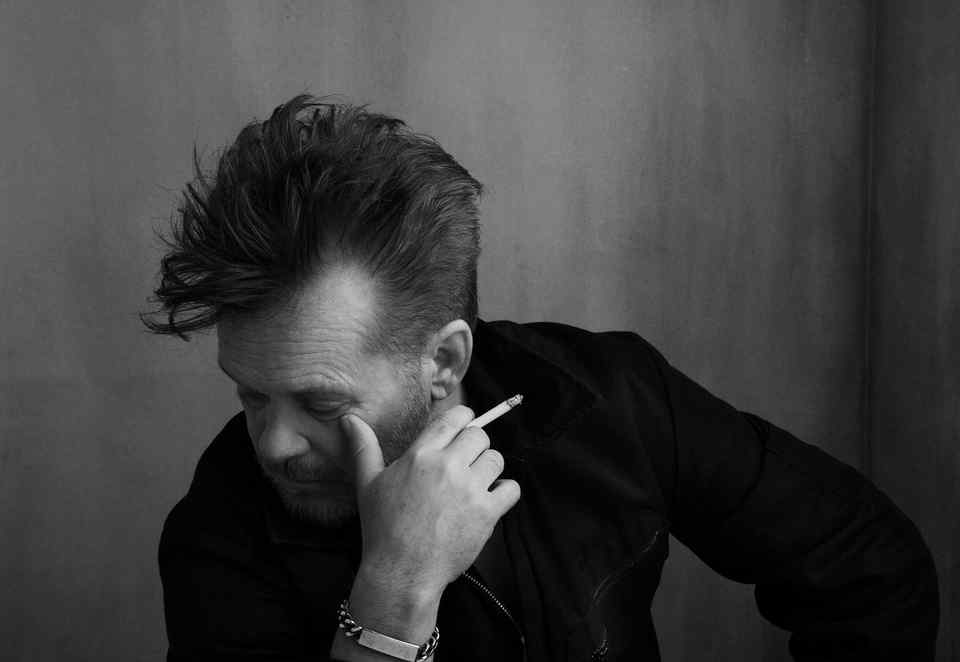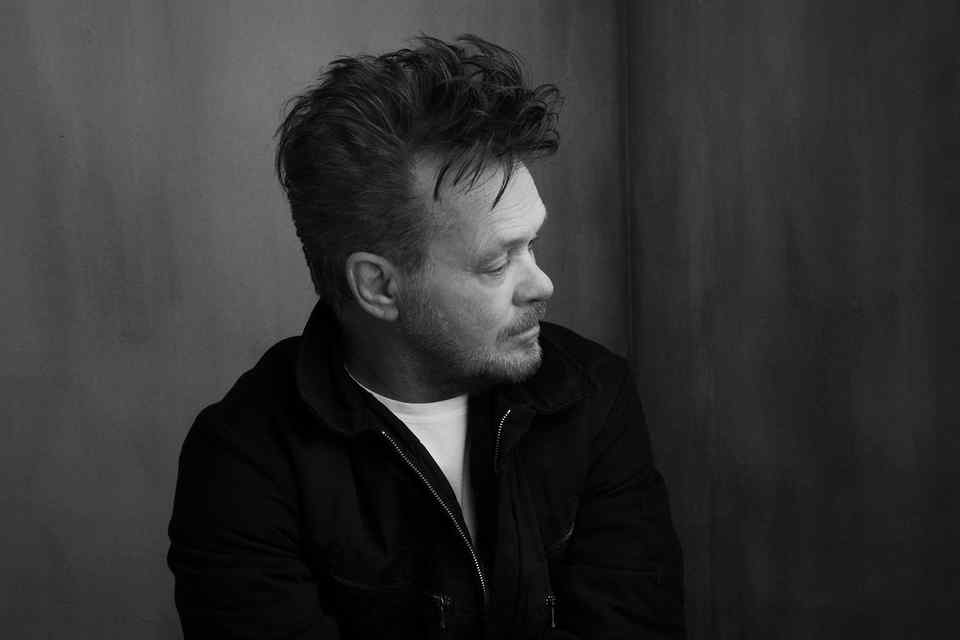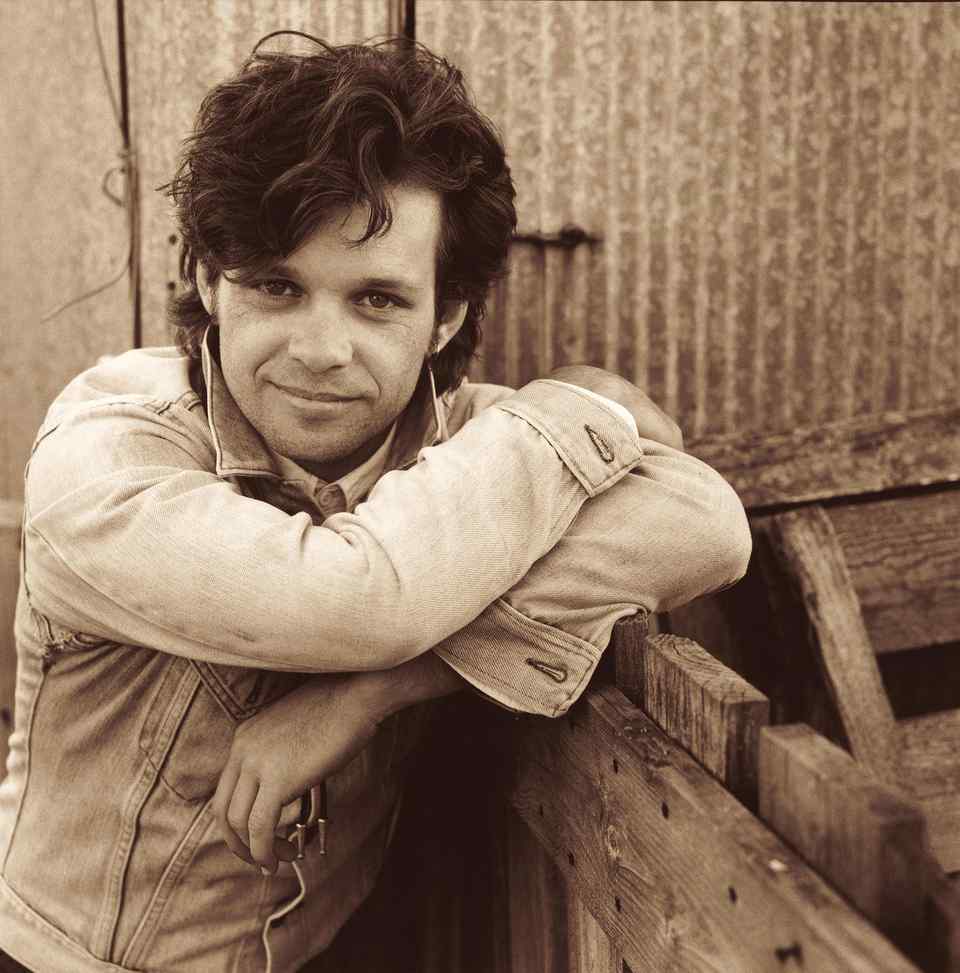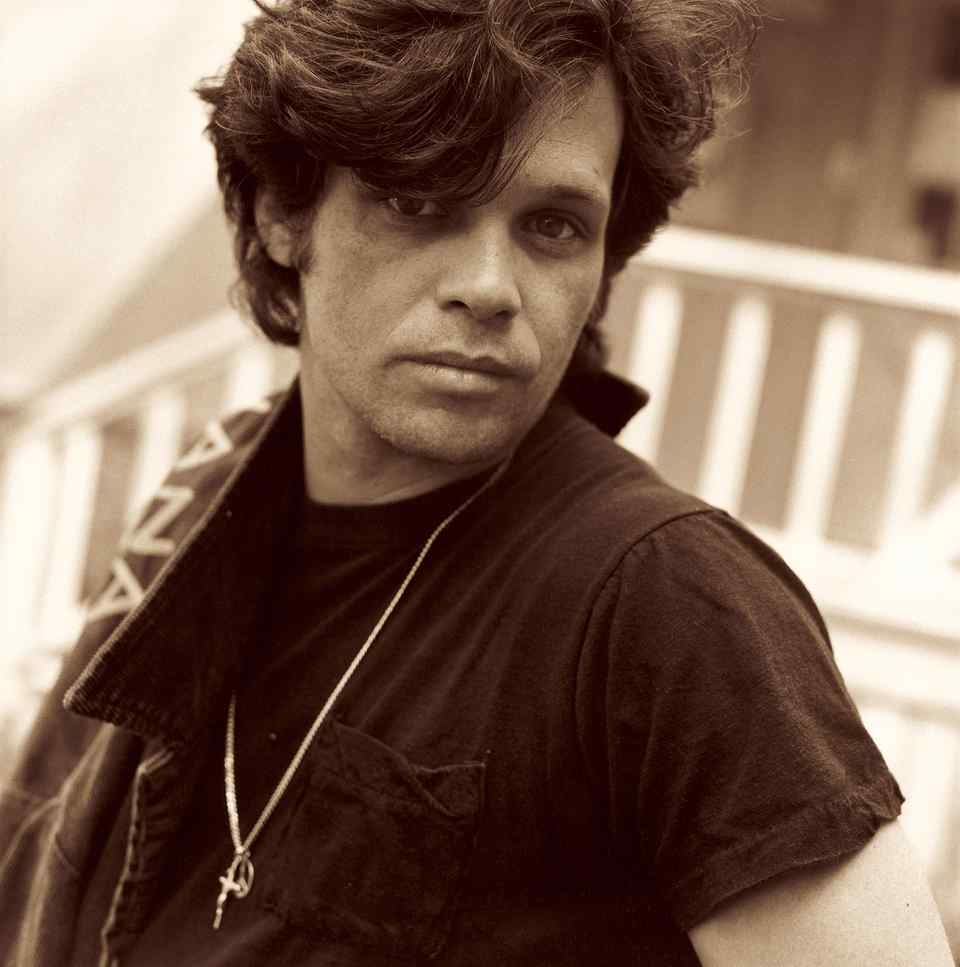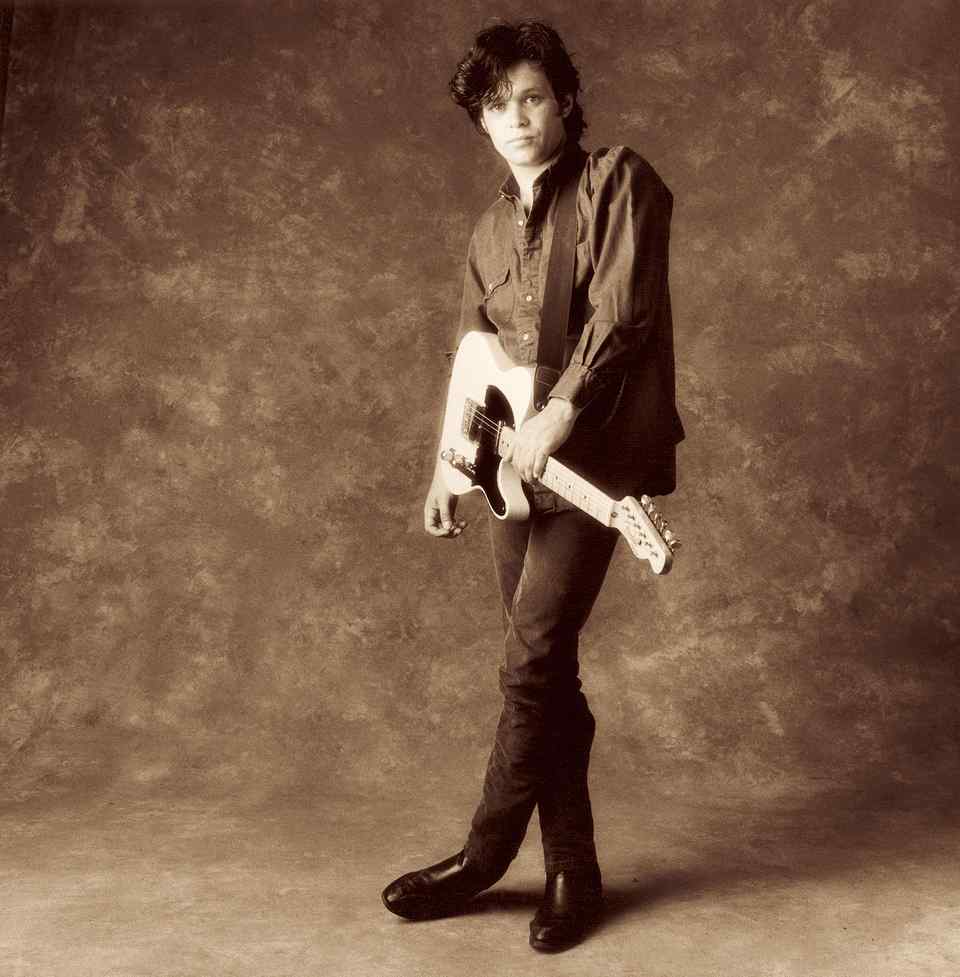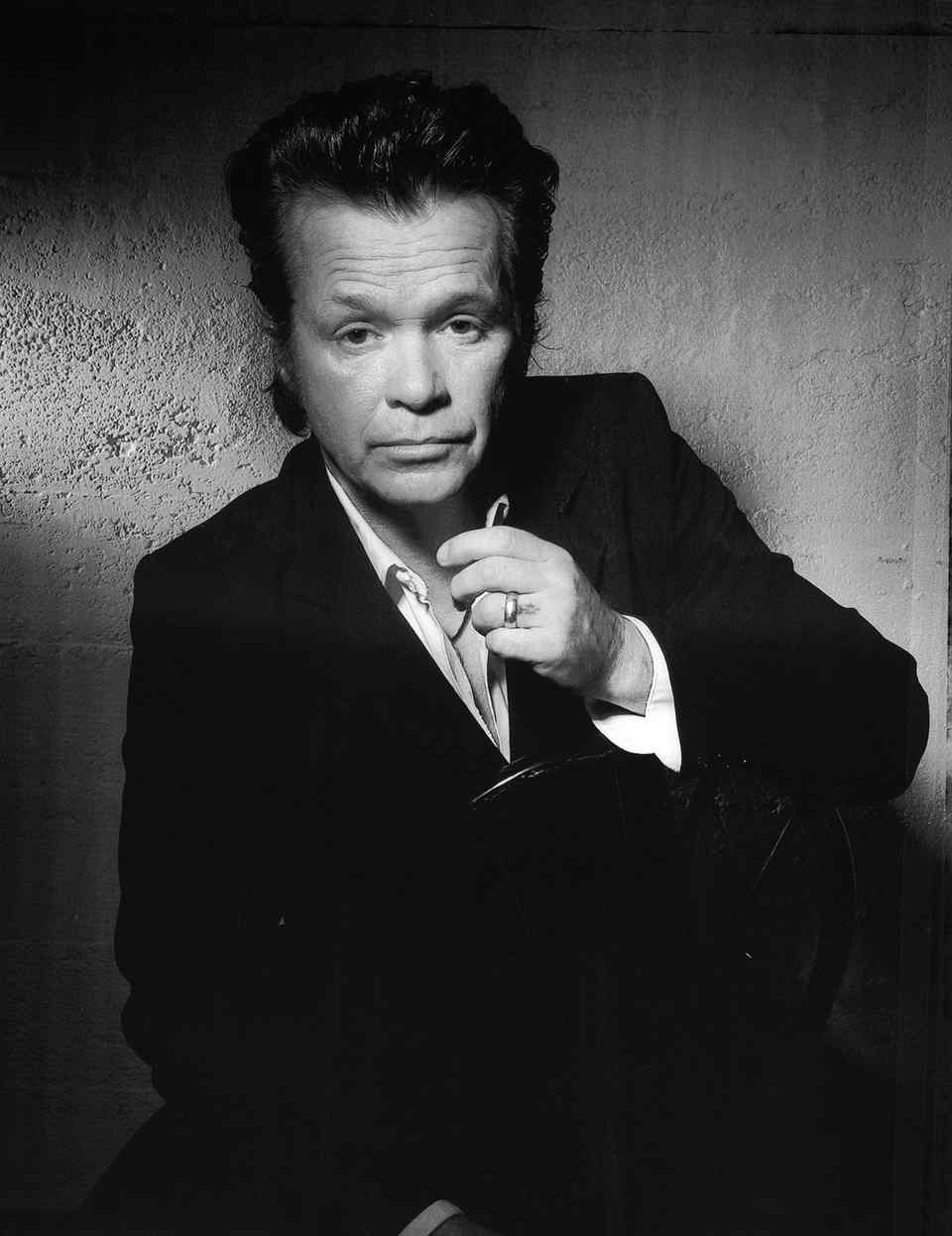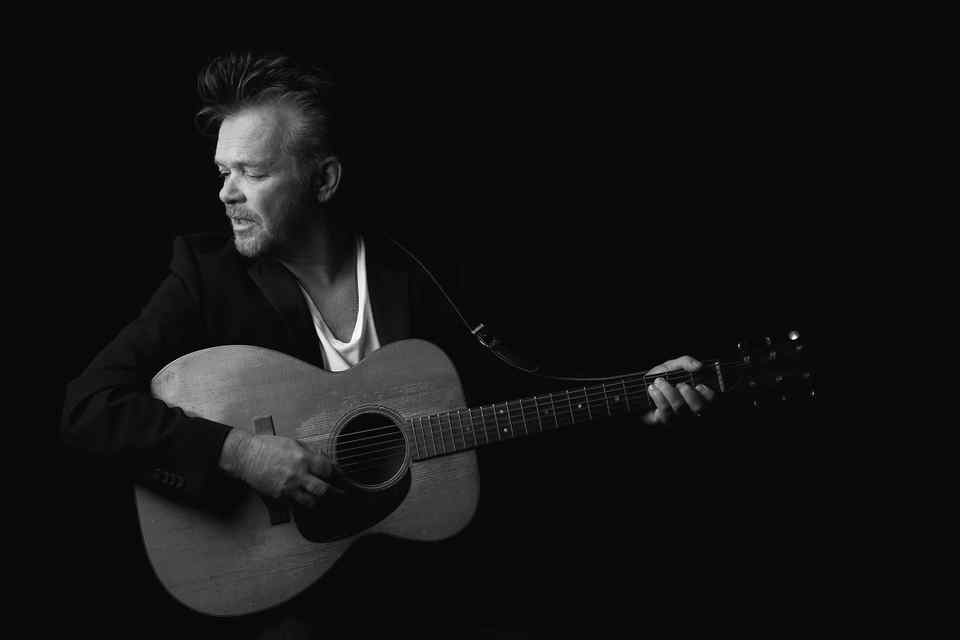Indianapolis Monthly: John Mellencamp’s 10 Greatest Indiana Shows
By Jeff Vrabel - Indianapolis Monthly
John Mellencamp’s 10 Greatest Indiana Shows
As the local rock star returns to the land of pink houses to wrap up his Plain
Spoken tour this month, we compiled a list of his best Hoosier sets.
Ask John Mellencamp fans for memories of his best shows in Indiana, and one thing quickly becomes clear: The guy has performed in a lot of places around here. He has played bars and football stadiums, basketball arenas and fancy theaters, Farm Aids and guerrilla gigs. Regardless of venue, though, the shows have rarely disappointed. “As much praise as he’s gotten, I think he’s still underrated as a live performer,” says Anthony DeCurtis, a contributing editor at Rolling Stone who received his Ph.D. in American literature from Indiana University. “I saw him in 1992, and it was just torrid. I don’t think I’d seen John in an arena to that point, and I remember thinking, ‘Boy, he’s not having too much trouble filling up this space.’”
In honor of Mellencamp’s August 4 date at Bankers Life Fieldhouse, the final show of a tour that has made a number of Indiana stops already, we compiled a scattered, highly unscientific, and 100 percent debatable list of Mellencamp’s best Hoosier concerts over the past four decades. As you might suspect, the list is culled from minutes and memories, so if yours are different (and they probably are), drop us a line. Here are our choices, presented in chronological order because we can’t really rank them. Well, except for maybe that one.
August, 1980
Jake’s
Bloomington
Late in the summer of 1980, when Wayne’s World–style community cable was a thing, Johnny Cougar took the stage at a now-defunct Bloomington nightclub for what then qualified as a multimedia blowout. As part of a live-music series called Late Night Snack, organizers had arranged to simulcast the show on WQAX (a volunteer-driven FM radio station) and Channel 3 on your (extremely large) home cable box. For a musician who was still coming up in the world, it was a big deal. But Mike Leonard, a former columnist for the Bloomington Herald-Times who believes he has interviewed Mellencamp more than any other journalist, recalls that the aspiring rockstar didn’t care so much about obscenity laws. “I remember thinking, Did he just drop another f-bomb?” Leonard says. Jack Larner, who produced Late Night Snack for 12 years (and first saw Mellencamp in a garage at a Bloomington party), said the band signed on because they’d never seen themselves perform before. “They were getting ready to go out on this big tour with Heart,” Larner says, “and they were surprised at what they looked like. The music was great; the professionalism, not so much.” That episode of LNS probably won’t ever be seen again. “There were two copies of the tape,” Larner says, “and John left with both of them.”Mellencamp in 1980
April 10, 1984
Indiana University Auditorium
Bloomington
In August 1983, Mellencamp dropped both the “Cougar” from his name and the album Uh-Huh, which hit No. 9 on the Billboard charts and produced the singles “Crumblin’ Down,” “Authority Song,” “Pink Houses,” and other songs you can’t remember life before. Mellencamp played those tracks at this show, which was broadcast on the Westwood One radio network for the hordes of fans who couldn’t get what was one of 1984’s fiercest tickets. (Thanks to the broadcast, the show is still available in sterling-sounding bootleg form online.) Decked out in a gray suit and backed by a band in full tuxedo regalia, Mellencamp opened, as he often did on this tour, with a mini-set of covers that included “Heartbreak Hotel.” But once he got rolling with his own stuff, all hell broke loose. He played the fairly new “Jack and Diane” with particular fervor. In fact, the only downside to the night was that the crowd’s enthusiasm—as legend has it—almost made the Auditorium collapse. “He started playing ‘Authority Song,’ and all of a sudden, everybody looked up,” Leonard says. “It looked like the balcony was moving two feet up and down.” Which sounds like revisionist rock-show hyperbole until you learn that it appeared that way from the stage, too. “It looked like a rubber band,” says Kenny Aronoff, Mellencamp’s longtime drummer. “We just kept staring at each other in astonishment.” For his part, Mellencamp issued a safety warning from the mic. But he then went into a fireball run of “Play Guitar,” “Pink Houses,” and “Hurts So Good,” so he couldn’t have been that worried. And in Leonard’s review for the H-T, he reported that “an engineer measured the balcony’s movement at no more than of an inch.” Which still constitutes a hell of a show.
April 26, 1986
Memorial Stadium
Bloomington
By the mid-’80s, Mellencamp was big enough not only to pack a football stadium over the World’s Greatest College Weekend, but also to be part of something called “MTV’s Ultimate College Weekend with John Cougar Mellencamp.” According to John Schwarb, author of The Little 500, 43,000 people packed Memorial Stadium that afternoon, with an estimated 10,000 more in parking lots and adjacent streets. (MTV, Schwarb writes, was “so impressed that it sent crews back to Bloomington in 1987 and 1988 for ‘School’s Out Weekend’ specials, highlighting raging drunkfests.”) The show itself was a parade of hits—Mellencamp delivered “Small Town,” “Jack and Diane,” “Minutes to Memories,” “Lonely Ol’ Night,” and “Rain on the Scarecrow” in the first half-hour. But the encore turned into a grab bag of Motown and ’60s covers, ranging from “Mony Mony” and “Land of 1,000 Dances” to James Brown’s “Cold Sweat.” Possibly the World’s Greatest College Weekend Concert.Mellencamp Bloomington
September 17, 1987
Bluebird
Bloomington
We don’t feel super-comfortable ranking the other nine shows here, but we’re confident in putting this one at the top of the list. It’s the kind of story you hear all the time but never actually happens to real people. About a hundred lucky fans who showed up at the Bluebird one night to see a band called the Ragin’ Texans got quite a surprise. Mellencamp walked onstage and performed, which he was known to do from time to time at that bar. In this case, it was a warm-up for Farm Aid. But imagine the crowd’s surprise when Lou Reed joined him for a follow-up set that included “Sweet Jane,” “Rock & Roll,” and “I Love You, Suzanne.” Oh, and John Prine went on after. Rolling Stone’s DeCurtis, who is currently writing a book about Reed, says the former Velvet Underground singer-songwriter crashed at Mellencamp’s guest house that night. In attendance at the show was Glenn Gass, who has taught a class on the history of rock ’n’ roll at IU for more than 30 years. Even now, Gass has trouble slowing down when talking about the event. “Mellencamp sounded just great,” he says. “Lou kept going on and on about how good Mellencamp’s band was. And Mellencamp stayed up onstage and sang backup harmonies. He didn’t want to leave. He was as excited as anybody there. Maybe the greatest Bluebird night ever.”
December 11, 1987
Market Square Arena
Indianapolis
It’s tough to overstate how popular Mellencamp had become by the time this homecoming blowout began. “In 1987, you could count on one hand the people who were as big as Mellencamp,” says Gass. “You’d hear he had been spotted at the local mall, and it was a Beatles kind of thing.” This Market Square Arena show was part of the Lonesome Jubilee tour. “He went all over the state,” Gass says. “You could argue for the E Street Band or the Heartbreakers, but I think Mellencamp had the best band on the planet that year.” As great as the show was, the most memorable moment came afterward, when Mellencamp filmed the music video for “Check It Out.” “We told the audience, ‘We’re gonna film something, and if you stick around, you could be in it,’” Aronoff says. Not surprisingly, most people stayed. Gass remembers it as a zenith for Mellencamp. “You couldn’t ask for more—a hometown guy in his home state with that band,” Gass says. “Every artist has that Dylan-in-’66 moment, when they never got any better. I think that was his moment.”
July 4, 1992
Deer Creek Music Center
Noblesville
Mellencamp celebrated the success of Whenever We Wanted in 1992 with a weeklong stand at Deer Creek that culminated in a free show on July 4. If you think driving to Klipsch Music Center is a hassle today, imagine what happens when John Mellencamp announces a free show over a summer holiday. There was a catch: You had to have a ticket from one of his four concerts earlier that week. But we still don’t envy the folks in the bathroom lines. “The people of Indiana have supported me from the 0815_mellencampticketbeginning,” Mellencamp said at the time. “If I wasn’t playing there July 4, I’d be in Indiana just the same, at home in Bloomington with my family.” The show was broadcast on national television and carried on 150 radio stations, so it remains on the Internet. Give it a spin to hear the hip-hop–inflected intro to “Love and Happiness,” which features a full minute of riotous crowd noise before Mellencamp ever sings a note. “Incredible,” Aronoff says. “The place went apeshit.”
March 3, 1997
Indiana University Auditorium
Bloomington
The tour for Mr. Happy Go Lucky was, at the time, a novel experiment. Rather than burn through arenas as he’d done for 15 years, Mellencamp opted for smaller theaters designed for a more intimate experience. He also played just seven cities, adding dates in each to accommodate demand (which meant five consecutive nights in markets like Boston, New York, and Chicago). But as different as this tour was from previous ones, Bloomington still came first—which was good news for, say, graduating seniors who managed to scare up the then-exorbitant ticket price of $46 for opening night. The show was pocket-sized enough to fit on a 90-minute cassette, but what it lacked in length it made up for in punch. An opening volley consisting of “Small Town,” “Key West Intermezzo,” “Love and Happiness,” “Jack and Diane,” “Lonely Ol’ Night,” and “Rain on the Scarecrow” did not afford much time to refresh your drink. This was also the tour that gave prominent stage time to Moe Z. M.D., Mellencamp’s keyboardist and guest rapper, who contributed the electronic foundations to the record and popped in for a hip-hop verse or two.Mellencamp
August 31, 2000
Woodlawn Field
Bloomington
In the early 2000s, Mellencamp supplemented his outdoor amphitheater shows by crashing fields and parks on what he called his “Good Samaritan tour.” He played for 15,000 people in Chicago’s Daley Plaza and 7,000 in Cincinnati before stopping by a meadow near the Indiana University library in Bloomington with a few amps that looked as though they had recently emerged from his attic. Snarling both traffic and any professors who had anything important happening between 1 and 2 p.m., Mellencamp did a nearly hour-long set of originals (“Small Town,” “Pink Houses,” and a bluesy remodeled version of “Key West Intermezzo”) and covers (“Street Fighting Man,” “All Along the Watchtower”). “This isn’t really a concert,” Mellencamp said at the time, adding that he had nothing to promote or sell. But the place, as you might expect, quickly filled with students craning their necks toward the little setup in the corner. “They had sound for a show of maybe 500 people,” says Matt Englert, a B97 radio veteran who’s now the official DJ for IU Athletics. “Most people couldn’t hear if they were more than 50 or 75 yards away. But as far as I was concerned, that day was perfect.”0815_mellencamp.2000
September 23, 2008
Crump Theater
Columbus
In 2008, A&E’s Biography Channel aired a series called Back Where We Started, which took musicians back to the site of their first-ever concerts—in Mellencamp’s case, the Crump Theater in Columbus, which hosted Johnny Cougar on October 4, 1976, for the outrageous price of $2 per ticket. The television show featured interviews with bandmates and members of Mellencamp’s long-ago Crepe Soul band in addition to a hell of a good reunion concert at the Crump. Indy radio personality Laura Steele was one of just 700 attendees. “What I remember most was getting in the damn place,” she says, laughing. “I went with my best friend from high school, so it was totally a trip back in time. I’m not sure how nostalgic a guy Mellencamp usually is, but it felt like he embraced the nostalgia that night.” True to the show’s nature, Mellencamp hit a number of songs he hadn’t touched in years, including “I Need a Lover.” And in addition to being a sharp homage to his roots, the show raised some $42,000 for United Way flood relief.
February 3, 2015
Indiana University Auditorium
Bloomington
As Mellencamp’s Plain Spoken tour began last winter, he and his band returned to a familiar site with a very different visual presentation. Dressed in formal black, before a backdrop that resembled a graffiti-covered demolition site, he stomped through Delta blues and growled about lawless times. At 63, Mellencamp still clings to that outsider persona. He lets his voice drag across the gravel more than he used to, sounding a little like former tourmate Bob Dylan. The singer came most to life on such blues numbers as “Stones in My Passway,” and with a dark piano reimagining of “The Full Catastrophe,” conjured Tom Waits’s scary Broadway vibe. Introducing the bleak “Longest Days” (“Nothing lasts forever, your best efforts don’t always pay”), he shared some advice. “When you get to be my age,” he said, “you realize that never losing the dream is the important thing. Whether you achieve the dream or not, it doesn’t really matter.” Of course, 40 million albums sold, 13 Grammy nominations, and 22 Top 40 hits doesn’t hurt.
